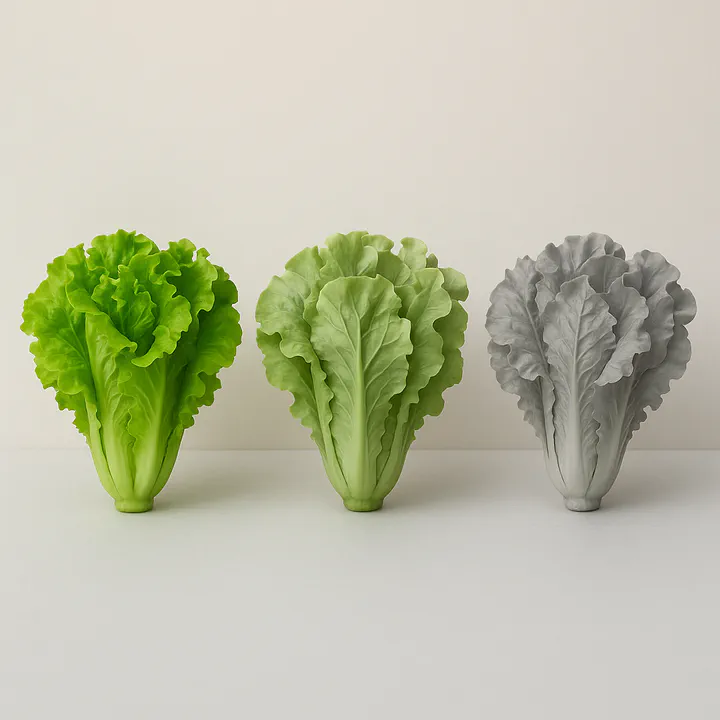Fading Appetite: Desaturation of food images reduces cravings but not approach biases

The colour of food serves as a highly salient visual cue, helping us to assess its freshness and quality.
In Experiment 1, we investigated how partial and complete (i.e., greyscale) desaturation of food images influenced explicit
evaluations of perishable and preserved food items. We found that both self-reported cravings and perceived palatability
decreased with decreasing image saturation, with larger effects observed for perishable food items compared to preserved ones.
These results suggest that colour plays an important role in food evaluation, especially for perishable items, which may rely
more heavily on visual cues of freshness. Furthermore, previous research has shown that attentional biases towards food images
are eliminated when the images are grey-scaled. However, it remains unclear whether colour desaturation also affects
behavioural/motivational responses, such as approach biases. To address this, we conducted Experiments 2 and 3, using a
stimulus-response compatibility task to assess the influence of colour desaturation on approach behaviour towards perishable
and preserved food images. Contrary to the previous findings on attentional biases, we observed robust approach biases for all
food images, with no significant differences across saturation conditions or food types. Our findings suggest that while
attentional biases are sensitive to low-level perceptual features, such as colour saturation, approach biases may be less
influenced by variations in perceptual stimulus properties. This implies that motivational approach responses are primarily
driven by learned associations with food rewards rather than basic stimulus saliency, highlighting a potential dissociation
between attentional and motivational processes in healthy eaters.